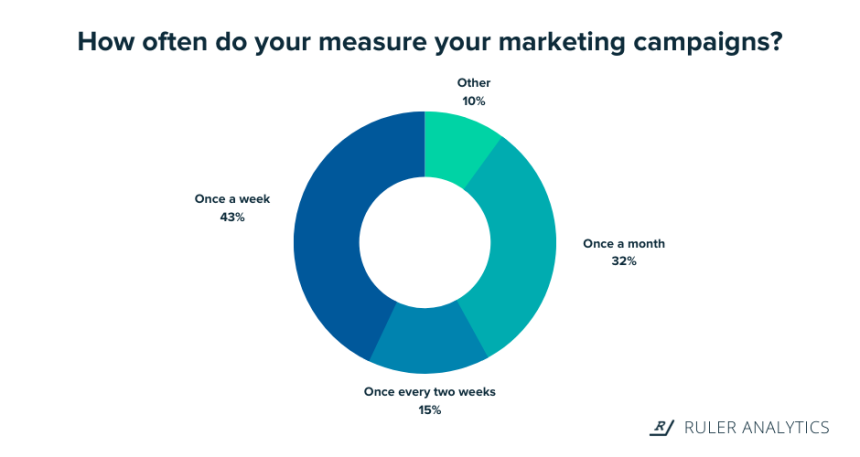Analyzing campaign metrics in sales is crucial for evaluating the effectiveness of your marketing and sales efforts. Here are five ways to effectively analyze campaign metrics in sales:
- Conversion Rate Analysis:
- Lead to Customer Conversion Rate: Calculate the percentage of leads generated by the campaign that ultimately converted into paying customers. This metric helps you assess how well the campaign targets and engages your ideal customers.
- Conversion by Sales Stage: Analyze the conversion rates at each stage of your sales funnel. This can include leads to opportunities, opportunities to closed deals, and upsells. Identifying drop-off points can highlight areas for improvement.
- Revenue Metrics:
- Return on Investment (ROI): Calculate the ROI for your sales campaign by comparing the revenue generated against the costs incurred. ROI helps determine whether the campaign was financially successful.
- Average Deal Size: Measure the average monetary value of deals closed during the campaign. Monitoring this metric can help you understand the campaign’s impact on your revenue.
- Lead and Pipeline Metrics:
- Lead Generation Rate: Track the number of leads generated by the campaign over a specified period. Compare this with historical data to assess the campaign’s impact on lead generation.
- Sales Pipeline Velocity: Measure how quickly leads move through your sales pipeline during the campaign. A faster pipeline velocity can indicate a more successful campaign.
- Customer Segmentation Analysis:
- Segmented Conversion Rates: Analyze how different customer segments responded to the campaign. Identify which segments had the highest conversion rates and adjust your targeting accordingly.
- Customer Lifetime Value (CLV): Assess how the campaign influenced CLV. Did customers acquired through the campaign have a higher or lower CLV compared to other customers?
- Customer Feedback and Surveys:
- Post-Campaign Surveys: Collect feedback from customers who engaged with the campaign. Use surveys and feedback forms to gain insights into customer satisfaction, pain points, and suggestions for improvement.
- Social Listening: Monitor social media channels and online communities for mentions and discussions related to your campaign. Understand how your audience perceives and discusses your campaign.
Remember that it’s essential to set clear objectives and define key performance indicators (KPIs) before launching a sales campaign. Regularly tracking and analyzing these metrics during and after the campaign will help you make data-driven decisions, optimize your strategies, and improve your overall sales performance.


Leave a Reply